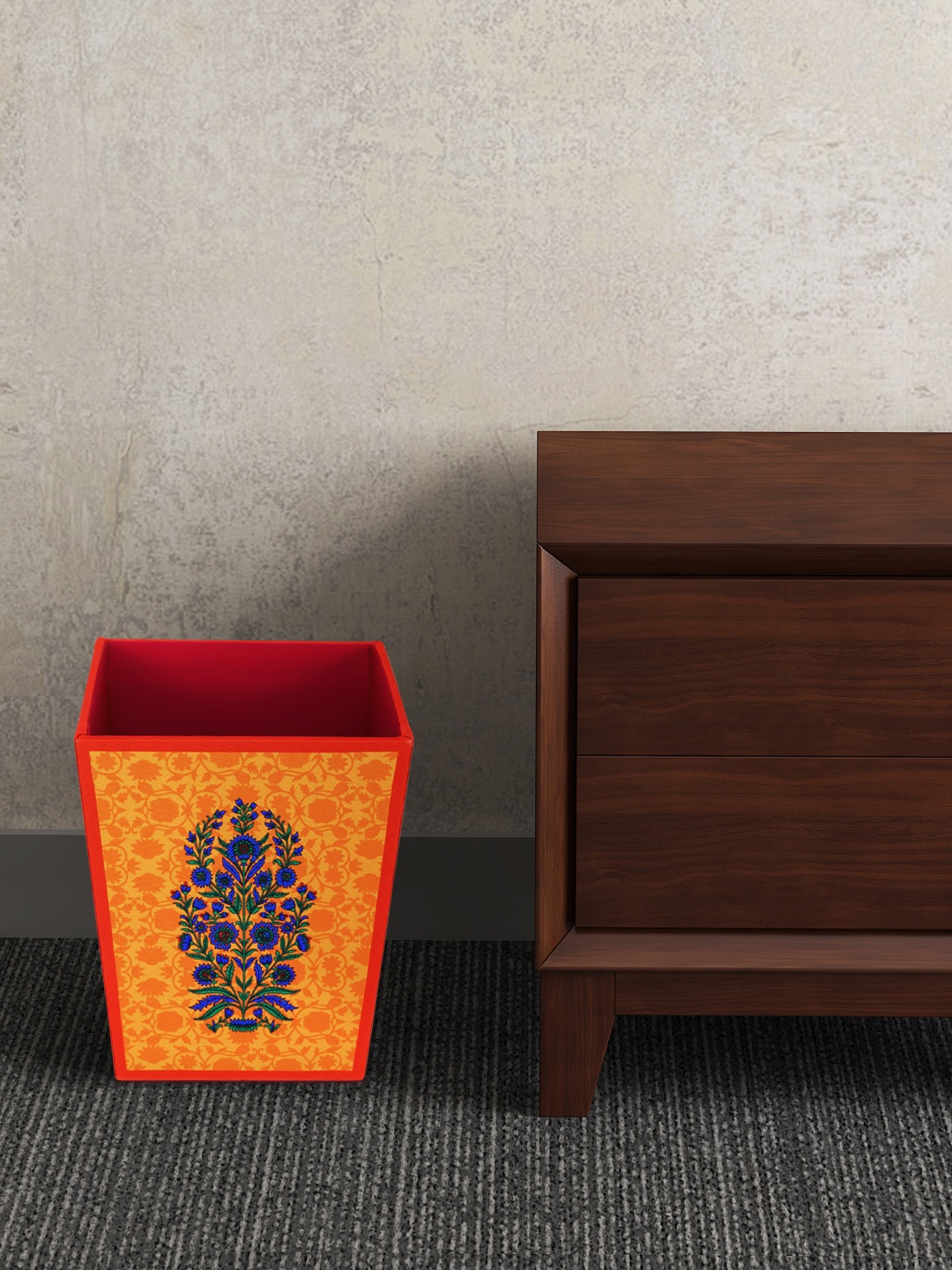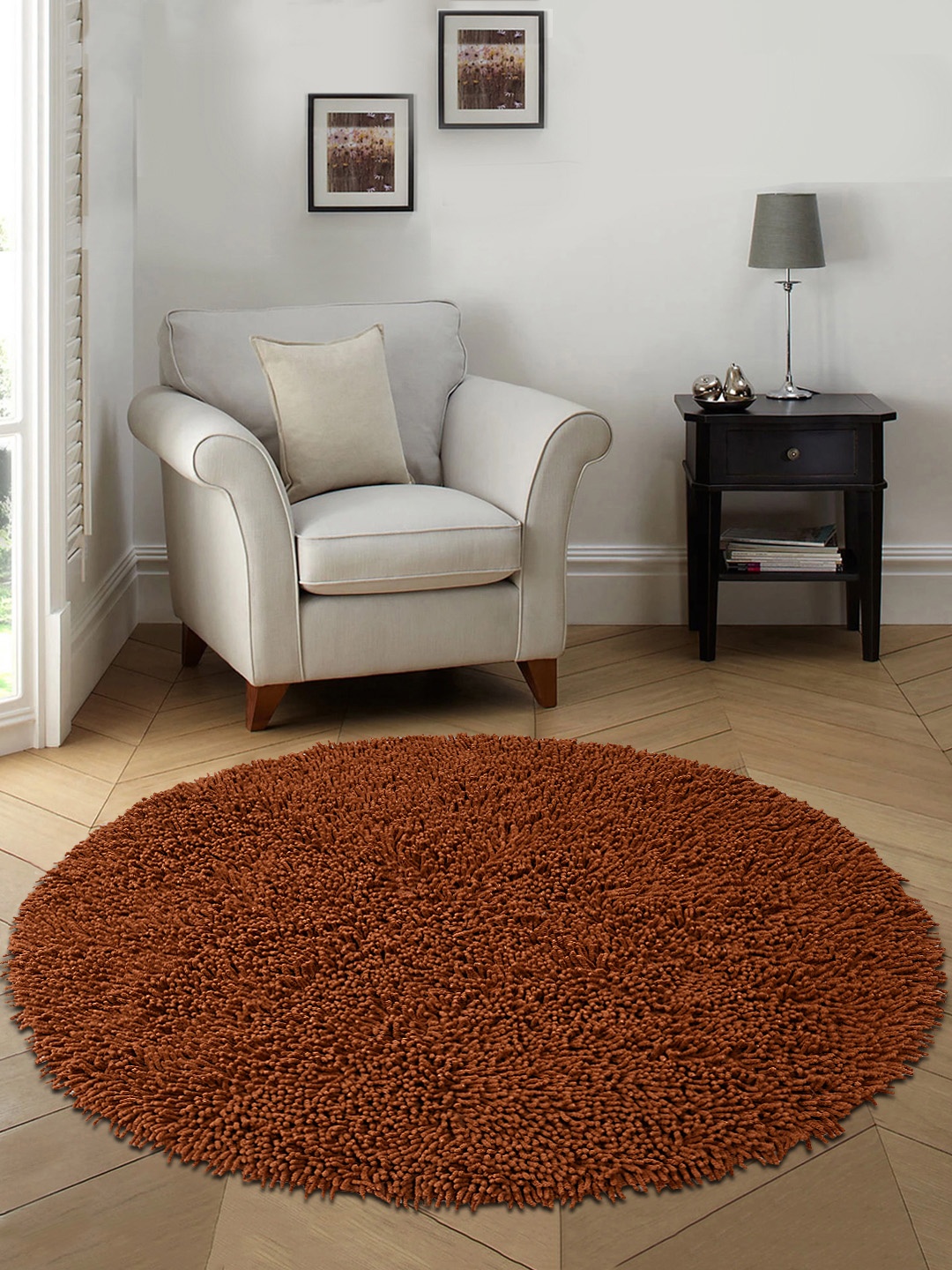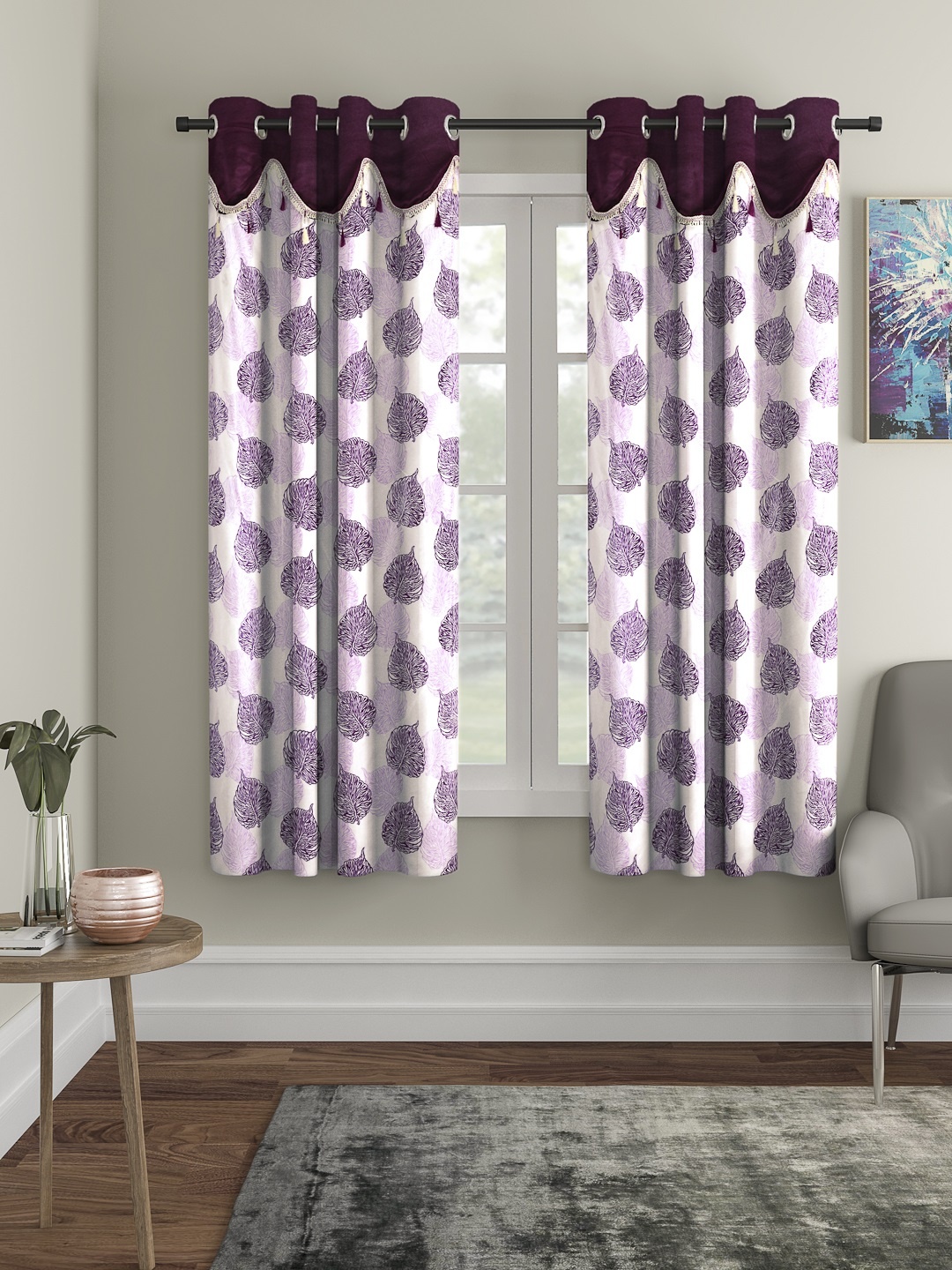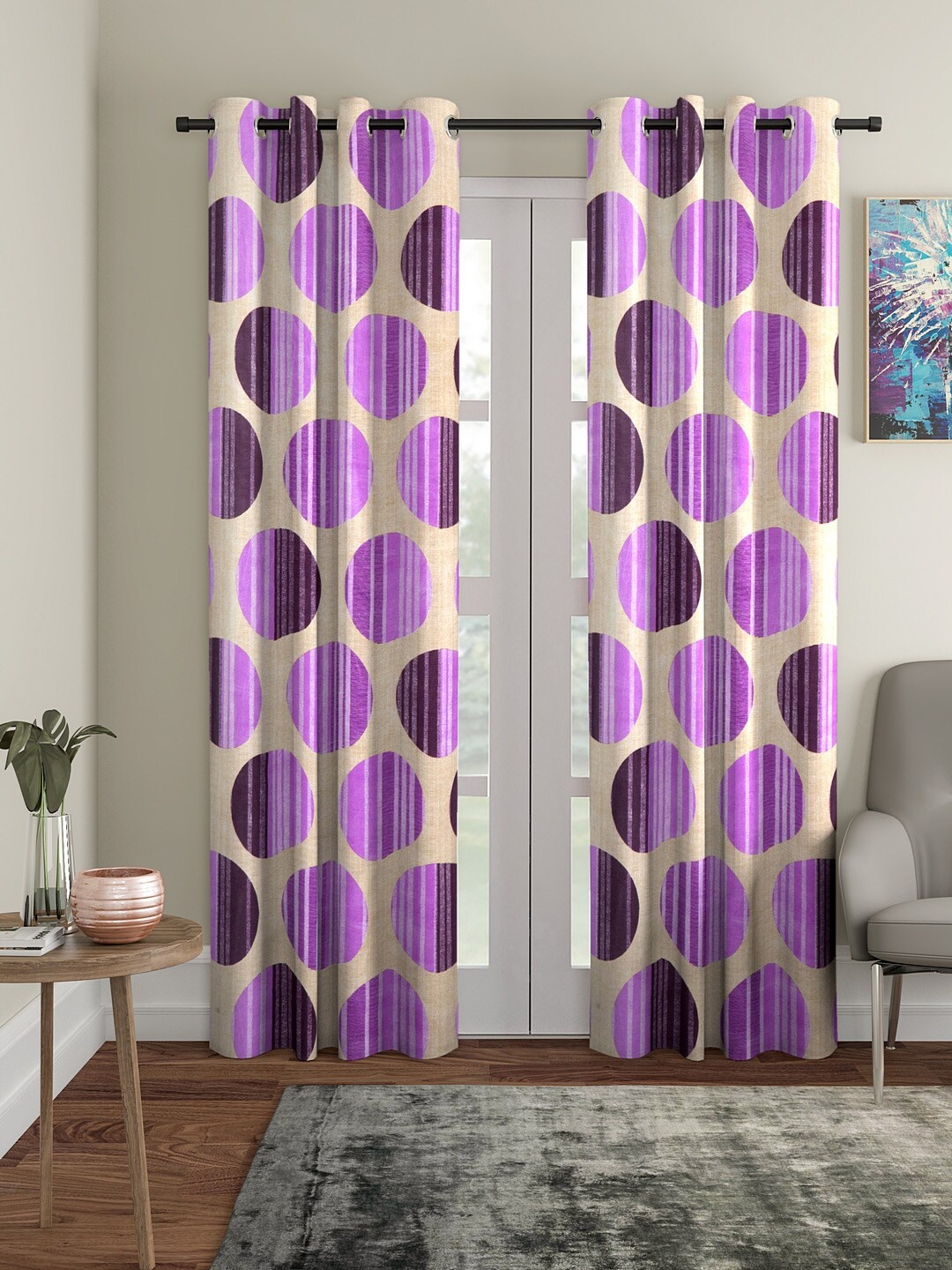Bigger Rugs Do Not Always Make Rooms Look Smaller: The Optical Illusion Explained
So, before you settle for a too-small piece that looks more like a bathmat than a statement, let's untangle this delightful illusion, one cosy corner at a time. Remember these tips while looking for a big rug for your home.

Do Bigger Rugs Make Rooms Look Smaller? The Surprising Truth About Space and Design.
Picture a freshly painted living room. The walls gleam, the sofa set fits perfectly and yet, something feels off. You unroll a small rug under the coffee table, hoping it'll tie everything together. But instead of cosy, the room feels awkwardly empty. The rug seems lost, like a lonely island in a sea of tiles.

Things you need to know when styling big rugs in your home
Photo Credit: Pexels
It's a mistake many make: assuming that a bigger rug will make the room look smaller. On the contrary, the right large rug has the power to stretch perception, pull the home décor together, and make the space feel grounded. It's all about visual balance and how our brains read scale.
Know why larger rugs can actually make a space feel more open and balanced, as design experts reveal the fascinating optical illusion behind room perception
Also Read: How To Transform Your Room: Know The Power Of Throws, Rugs And Mats
Unrolling The Truth: Why Bigger Rugs Create the Illusion Of Space
1. The Psychology of Space and Scale
Our brains love patterns and symmetry. When an object feels proportionate to its surroundings, the mind registers comfort. A large rug frames the furniture, outlining the zone in a way that feels intentional and cohesive. Instead of shrinking the space, it defines it.
Imagine a living room with a modest three-seater sofa, two armchairs, and a centre table. If the rug sits only under the table, the furniture looks scattered. But when the rug extends under the front legs of the seating, everything suddenly feels connected, harmonious, and even.
The illusion lies in the edges. A rug that reaches close to the walls tricks the eye into perceiving more floor area than there actually is. It's a visual cue: “This space is vast enough to hold this.” The result? Spaciousness, not confinement.
2. How Eyes Read Boundaries
Vision isn't just about seeing, it's about interpreting. The edges of a rug act as visual boundaries, guiding how one perceives space. Smaller rugs break the continuity of the floor, creating islands that divide rather than unite.
Think of it like city traffic. Narrow lanes feel cramped, while a broad road, even if it's the same length, feels open and free. In interior design, those “roads” are the lines our eyes follow. When the rug spans wide, the gaze travels smoothly from one end of the room to the other, unhindered.
This is why minimalist homes often feature large rugs in neutral tones. They don't fight for attention but quietly expand the visual field. The more seamless the boundaries, the larger the space feels, no magic wand required.
3. Proportion Is the Secret Ingredient
A well-proportioned rug acts like a well-tailored outfit. When it fits just right, it enhances everything around it. Too small, and the furniture looks like it's bursting out; too big, and it overwhelms the room's charm.
Interior stylists recommend leaving a consistent border of bare floor, about 30 to 45 centimetres, between the rug's edge and the wall. It gives the space breathing room and creates a balanced frame. This simple proportion trick works wonders in making even compact rooms appear poised and elegant.
In apartments where square footage comes at a premium, proportion becomes crucial. A large rug doesn't eat up space; it visually anchors it. Much like a well-fitted kurta, it flatters the form without excess.

Always measure and ensure that the rug is well proportioned to the space; Photo Credit: Pexels
4. The Magic of Colour and Texture
Colour plays the role of illusionist in this performance. Light shades like beige, cream, or soft grey can make a rug appear to melt into the floor, extending the visual horizon. Darker shades, on the other hand, create intimacy and warmth, perfect for bedrooms or cosy reading corners.
Textures, too, change perception. A high-pile rug adds depth and a sense of plushness, while a flat-weave design gives the illusion of a smoother, broader surface. Pairing a subtle pattern with lighter hues can make the room feel airier, especially under the gentle afternoon sunlight filtering through sheer curtains.
It's the reason earthy jute rugs or pastel woollen weaves are favourites, they add comfort without crowding the eye. When chosen thoughtfully, the rug becomes part of the story the room tells, not just a supporting prop.
5. Furniture Placement: The Unsung Hero
The rug and furniture must dance in harmony. When the furniture sits partly or fully on the rug, it signals cohesion. Everything feels like it belongs to one visual “zone”. In contrast, if the rug floats alone in the centre, it feels disconnected.
The trick lies in placement. In a living room, let the front legs of the sofa and chairs rest on the rug. In a bedroom, slide it two-thirds of the way under the bed so that it extends at the foot and sides. For dining areas, ensure the rug is large enough for chairs to slide out comfortably without catching edges.
These subtle adjustments not only enhance balance but also create a sense of flow. The rug becomes an invisible bridge between furniture pieces, quietly tying the whole narrative together.
6. Patterns: The Visual Storytellers
Patterns have personalities. Stripes, geometric motifs, and florals each tell a different story. Vertical stripes elongate the room, much like pinstripes on a suit. Intricate patterns draw the eye across the surface, giving the impression of depth.
In small rooms, large patterns can actually make the space look bigger. It sounds counterintuitive, but the mind reads bold, spacious motifs as confidence. Delicate, cluttered designs, on the other hand, may make the room feel busier than it is.
Think of a cream rug with navy borders or a tribal-inspired weave with earthy tones. These patterns add rhythm without overpowering the senses. It's about balance, a dance between subtlety and statement.

Large and small patterns serve different purpose in a rug; Photo Credit: Pexels
7. Light and Shadow: The Invisible Artists
Lighting transforms everything it touches. A large rug reflects light differently depending on its material, weave, and colour. Glossy fibres bounce light, making rooms feel airy, while matte textures absorb it, adding depth.
Consider a sunlit living room with pale walls. A large off-white rug will amplify the glow, creating a soft, expansive feel. In contrast, a darker rug under warm lighting can create a cocooning effect, perfect for evening relaxation.
The play of light and shadow can even alter how edges appear, sometimes softening them so the room seems endless. The key lies in complementing your rug choice with your lighting mood: bright and spacious by day, warm and intimate by night.
8. Local Craftsmanship: Beauty Woven at Home
There's something special about rugs that carry the artistry of local weavers. Hand-tufted woollen rugs from Bhadohi, flat-weaves from Panipat, or traditional dhurries with intricate motifs, all blend craftsmanship with character.
Such rugs aren't just décor pieces; they're stories of heritage and patience. The natural dyes, geometric borders, and soft textures create warmth that factory-made alternatives can rarely match. And when placed thoughtfully, they elevate the room with a sense of authenticity and comfort.
A large handcrafted rug isn't merely a floor covering; it's a piece of art that gives personality to a space. Supporting these artisans isn't just good design sense; it's a nod to tradition that never goes out of style.
9. The Budget Myth: Big Doesn't Always Mean Expensive
Many shy away from larger rugs, assuming they cost a fortune. Yet, with clever shopping, it's possible to find beautiful, large options without emptying the wallet. Cotton dhurries, jute rugs, and blended-fibre pieces offer excellent durability at affordable prices, sometimes as little as ₹3,000 to ₹7,000 for a full living room size.
Homegrown labels and local markets are treasure troves of creativity. Buying directly from artisans not only saves money but also ensures fair pay for their craft. Custom sizes are often possible too, allowing a perfect fit without luxury price tags.
The size of a rug should serve the space, not the budget anxiety. With a little patience and curiosity, it's easy to find pieces that look regal without costing like royalty.

Big rugs are not always the most expensive option;; Photo Credit: Pexels
10. The Final Illusion: Comfort That Defines Luxury
At the heart of every home lies comfort. A large rug softens footsteps, muffles echoes, and invites people to linger a little longer. It's an unspoken luxury, the kind that doesn't scream opulence but whispers warmth.
The way a rug feels under bare feet on a Sunday morning, or how children sprawl on it during a family movie night, these are small details that define a home's heart. And this is where size does matter, not in square feet, but in how it embraces the space and its stories.
A bigger rug, when chosen wisely, is not about grand gestures. It's about quiet confidence, balance, and harmony. It's the art of making a room feel like it's giving you a gentle hug every time you walk in.
Products Related To This Article
1. UMAI Blue & Green Printed Round Anti-Skid Bath Rug
2. Winner Grey Anti-Skid Geometric Printed Floor Mat
3. Winner Brown & White Anti-Skid Floral Printed Floor Mat
4. Handmakers Beige & Red Jute Cotton Cutting Strips Round Anti-Skid Living Room Rug
5. Saral Home Beige Solid PP-Yarn Round Anti-Skid Multi-Use Floor Mat
6. Mona B Kids White & Red Printed Vintage Cotton Anti-Skid Dhurrie Carpet
7. Cortina Grey Rectangular Grass Floor Mats
The myth that bigger rugs make rooms feel smaller deserves retirement. The truth is beautifully simple: space perception isn't about size; it's about balance, proportion, and the way the eye travels.
A well-chosen large rug grounds the room, connects the furniture, and expands the visual field. It transforms houses into homes, not through extravagance, but through thoughtful design.
Next time you stand in a room wondering if the rug looks too big, remember: the best kind of illusion is the one that makes you feel at ease. Bigger rugs, when chosen with care, don't shrink spaces; they expand the way we see and feel them.

















![Steam Iron Teflon Shoe Cover for ES-300,ST-96 [Only For ES-300 and ST-96 Model Electric Steam Irons]](https://m.media-amazon.com/images/I/51wwkttondL._SL160_.jpg)






